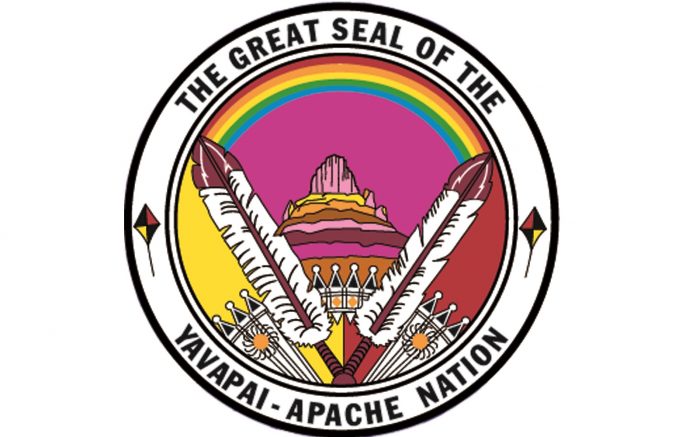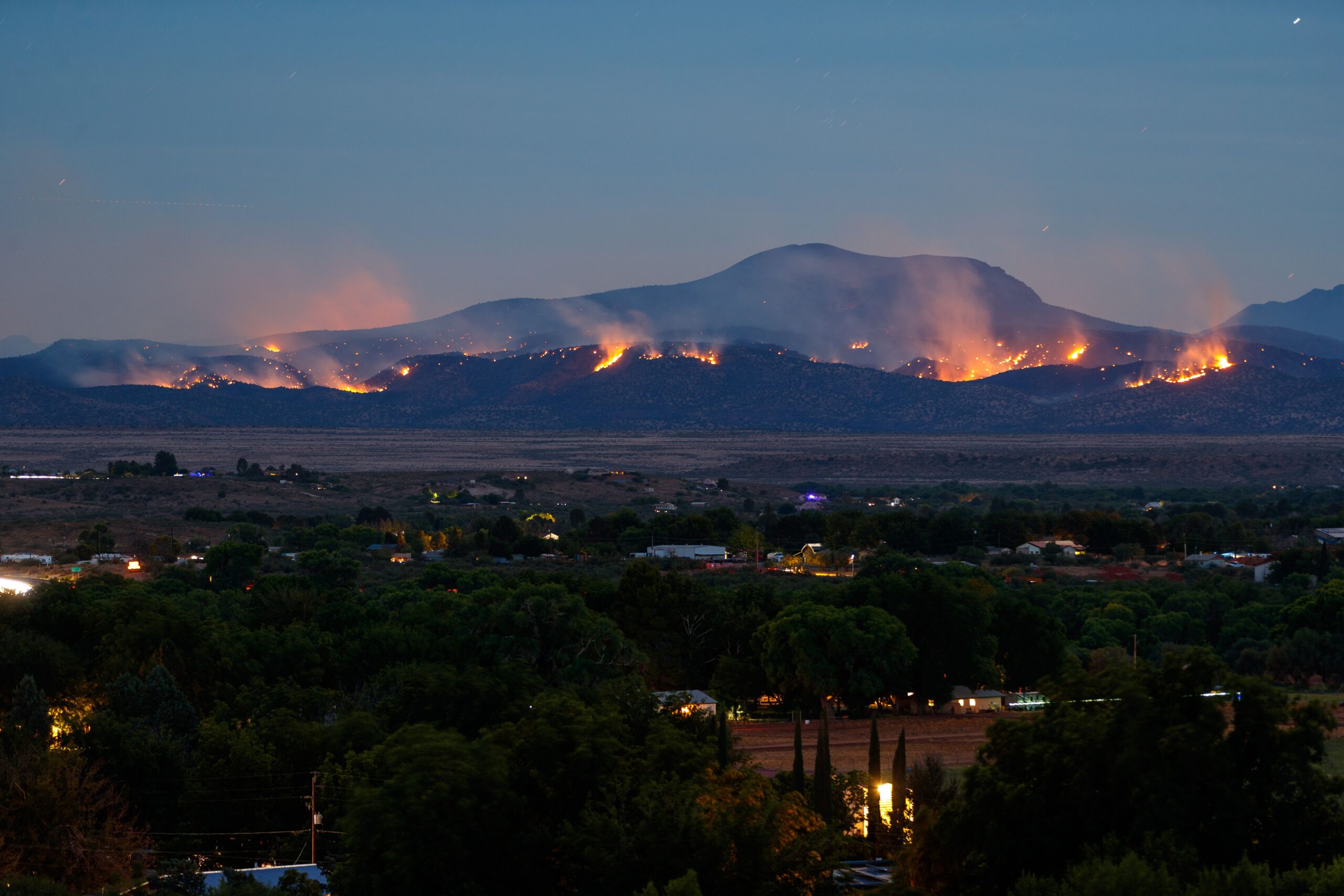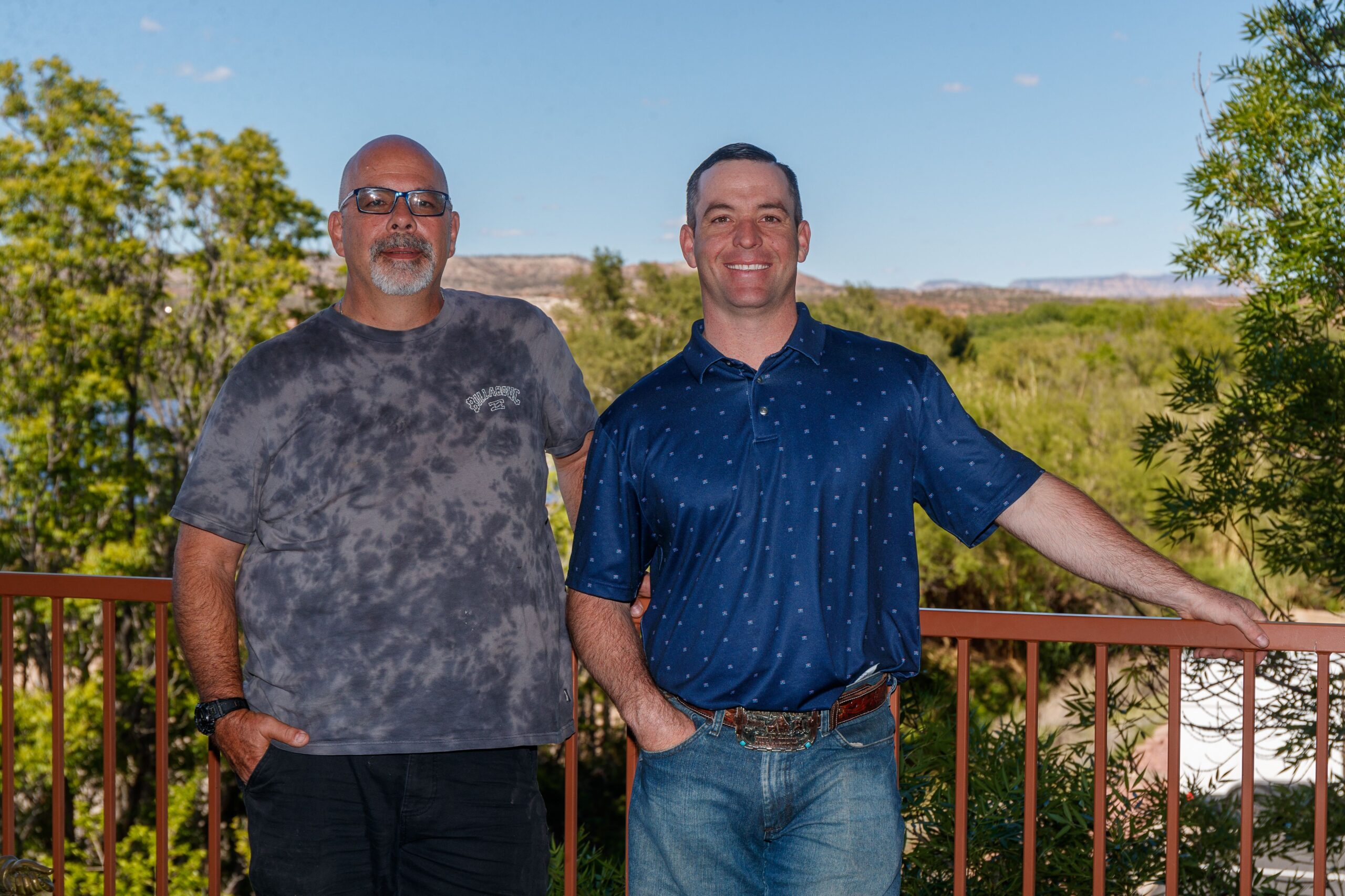The Yavapai-Apache Nation is constructing the largest low-income housing project in the Verde Valley. If you blink as you drive past it, though, you might not realize it’s there: The housing community, named Tunlii by the YavapaiApache, is tucked away off State Route 260 west of Interstate 17.
The high-end appearing units are located on a downward slope angled toward the Verde River, nearly hidden by the YAN-owned Conoco station north of W. Cherry Creek Road.
Excepting a few owned through traditional mortgages, Tunlii is low-income rental properties available to YAN members who qualify. All applicants must apply for consideration, meeting low-income standards. Monthly rental rates are capped off at $250 for a two bedroom, $300 for a three bedroom and $350 for a four bedroom, though the amount may change as a renter’s financial conditions improve or deteriorate.
Many of the homes are complete. All of those located off Tunlii Way are long since finished, having been constructed during the Nation’s initial phase of Low Income Housing Tax Credit projects from 2008 to 2012.
Last year, YAN’s Tribal Housing department completed Tax Credit 5, a $10 million development that included 38 new homes and the foundation of a 14,500-square-foot community center to be completed this year.
YAN is in the process of building Tax Credit 6, another approximately $10 million development that includes 35 new homes and a community park.
“It’s going to be pretty cool,” YAN Tribal Housing Director Sharie Benson said of the completed homes and amenities. “We have until the end of 2018 [to complete Tax Credit 6 and get occupants into the homes], but we’ll be done by the end of 2017.”
Benson said that she has kept construction of Tax Credits 5 and 6 homes to an aggressive schedule, knowing that investors — and thus contractors — are more likely to work on a project if the finish line is in sight and their tax credit funds are fully allocated to them. At that point, YAN takes over responsibility for the upkeep of the homes and the collection of rental fees.
“Tax Credit 5 will have an approximate out of pocket expense of $600,000, while Tax Credit 6 will have an approximate net income of $1.1 million,” Benson said. “The projects will be completed and closed out by the end of 2018. At that time, YAN Tribal Housing will be able to pay the nation back for the cost of the infrastructure associated with both projects.”
Benson said the properties of Tunlii do not look like low-income homes. In building the homes through the Federal Government’s Low Income Housing Tax Credit program, YAN commits itself to the Arizona Department of Housing’s stringent upkeep requirements on the properties for 15 years, at which point they become homes eligible for ownership.
According to Benson, the fact that the projects are happening is significant — not only because they provided homes for YAN members that reside in the Verde Valley and those that want to return home, but also because the application process to build Low Income Housing Tax Credit homes is so difficult: Benson pointed to the thick binder that contains the 1,500page application to the federal government.
“It’s all very, very competitive,” Benson said. “It isn’t just tribes doing this.”
Potential applicants to the program are awarded points for their applications. One major way to earn points is to have a transit system, which YAN lacked. Knowing that the 15 points would make YAN more competitive, Benson came up with a novel idea.
“We developed our own transit,” Benson said, adding that YAN OK’ed the purchase of a van, a $50,000 investment, to transport people from Tunlii to various spots in Camp Verde. The “Tunlii Express,” as it was billed, costs only $1 for anyone wanting a ride.
“What it did for us was set us apart,” Benson said.
According to Benson, YAN has cut building costs down to $102 per square foot by acting as its own general contractor for the development.
In addition, the YAN Tribal Housing makes every effort to employ YAN members on the building crews.
“There are opportunities for tribal members to participate in the building,” Benson said. “Some of them, they can really take it and make it a career.”



